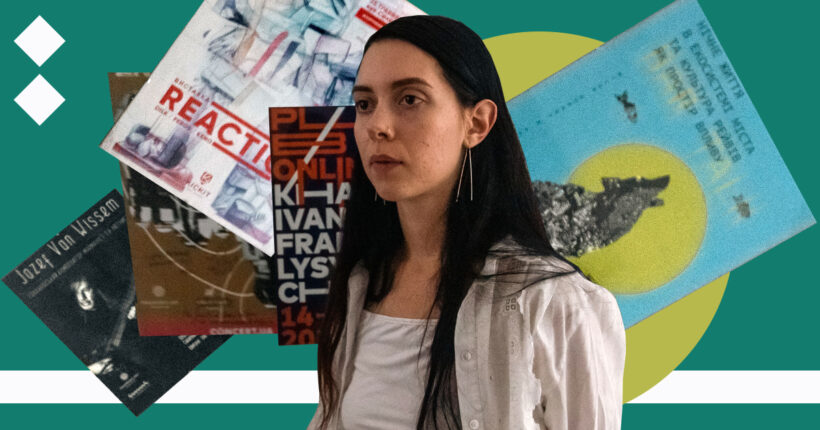
Few artists, collectors, and gallery managers predicted they would need to evacuate works of art. In the first days of full-scale war, two curators of a gallery in the Western Ukrainian city of Ivano-Frankivsk decided to help evacuate paintings to relatively safe locations. Rubryka spoke to one of the project's initiators about artwork evacuation under shelling.
What is the problem?
Culture on fire
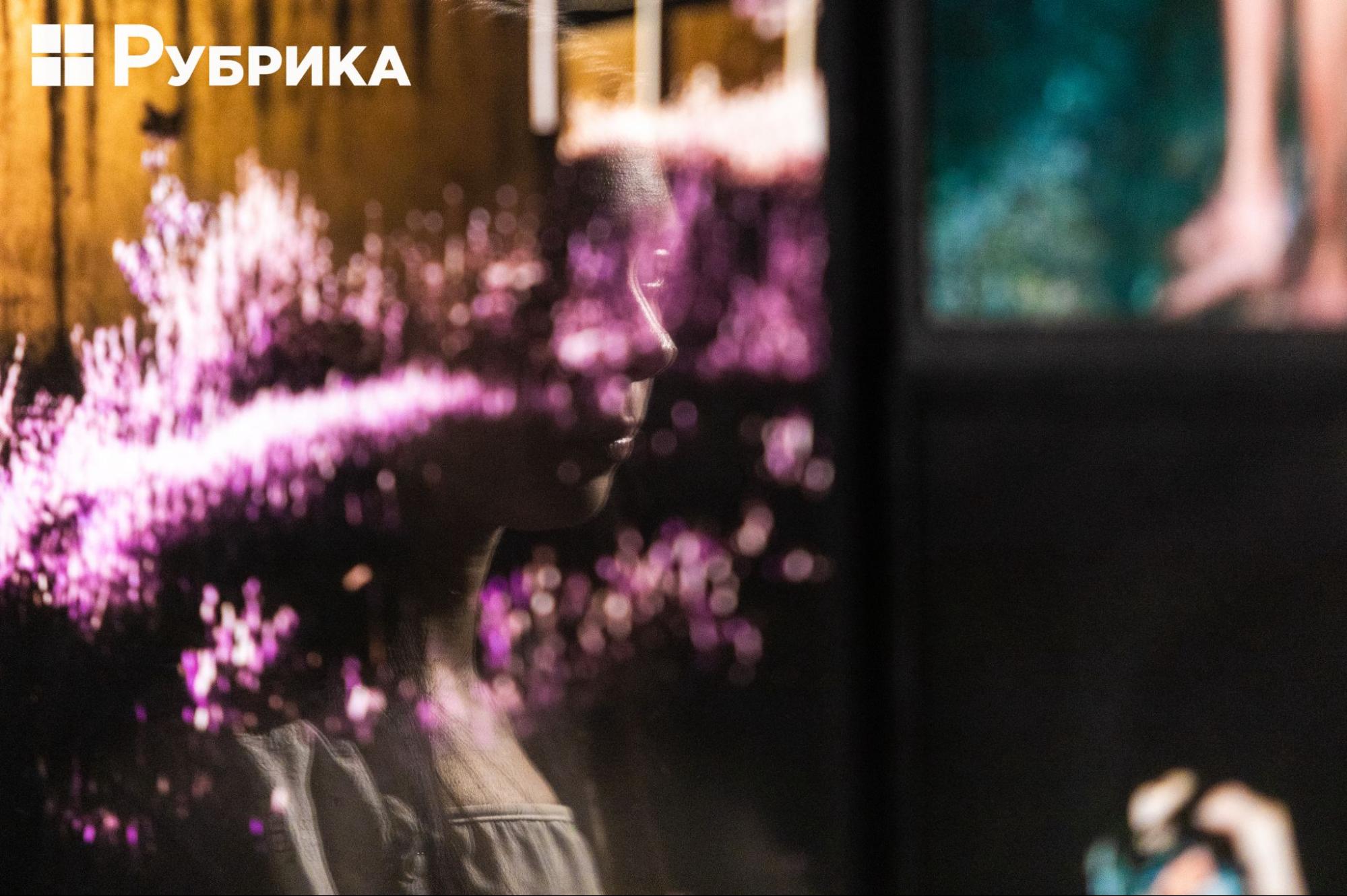
Amid black walls and dim astringent light, Anna's figure seems even thinner — even more refined. Touring the gallery she manages, she routinely talks about the search for trucks, the lines to register to join the Territorial Defense, and requests from artists to break down the doors to their workshops.
Now all these are the parts of history at Assortment Room, an art space that serves as both a gallery and a platform to support artists, and now also a refuge for displaced artistic works.
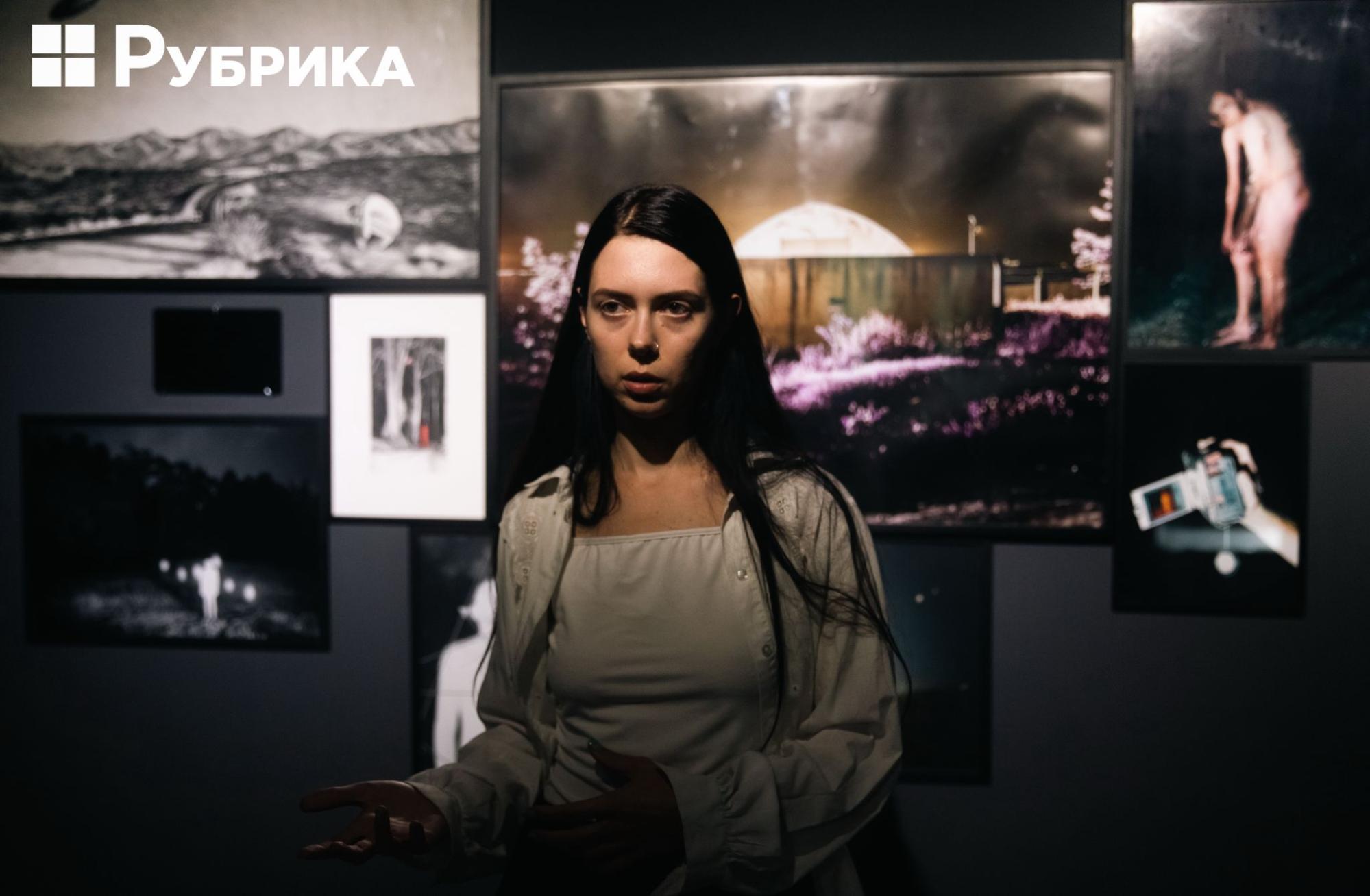
"In general, we focused on supporting the local community because we've understood that potential and human resources always flow away to bigger cities. In four and a half years, we became a space that began attracting the attention of young artists. We engaged in exhibitions, residencies, targeted educational programs, and film screenings.
"And before the war, we dreamed of working with the archive, accumulating our archive of artistic works and libraries, and in general, joining the archival activity that has been unfolding in Ukraine in recent years. I had such a dream, and one must dream carefully," the gallery manager Anna Potiomkina told Rubryka.
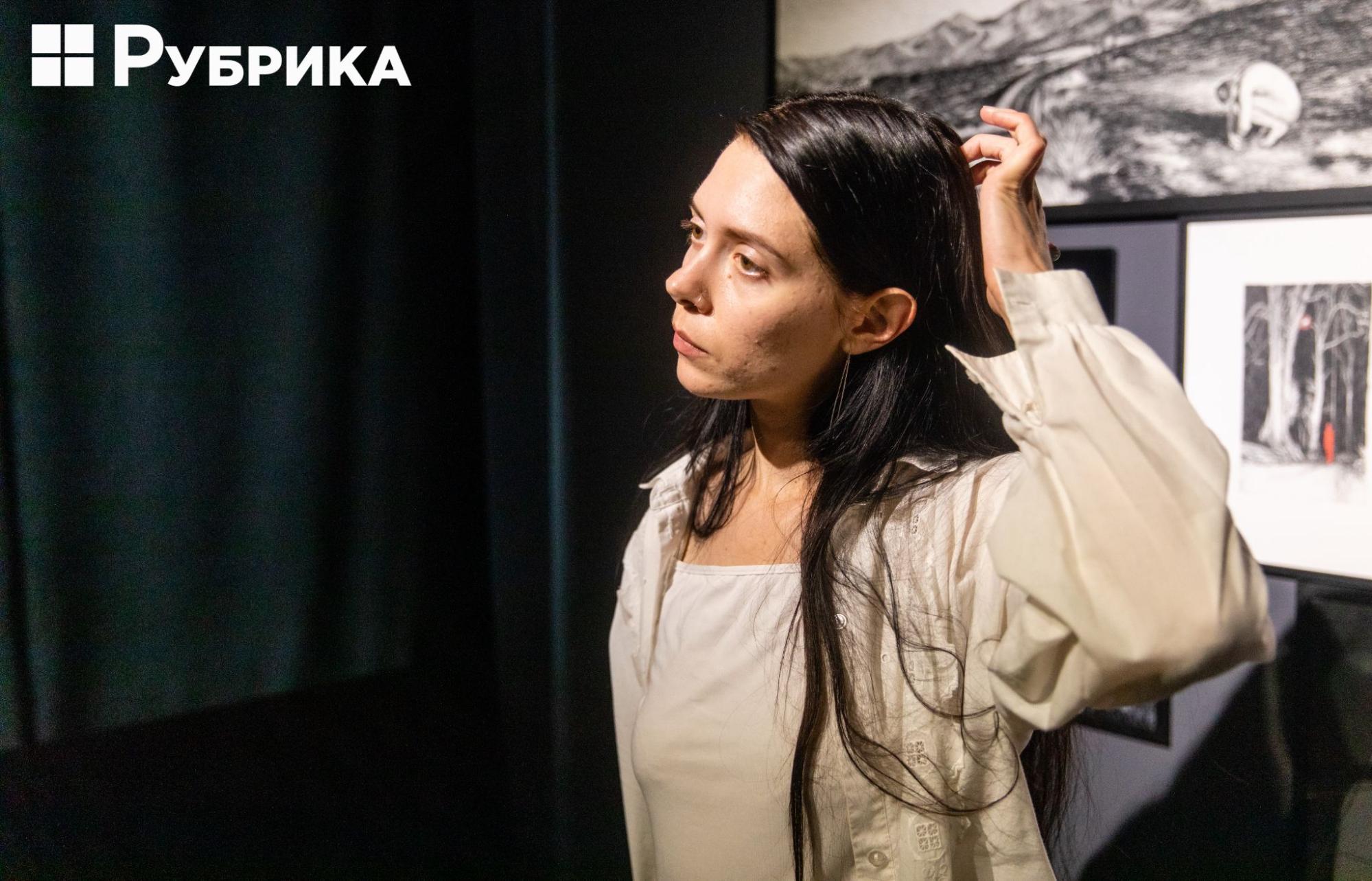
With the first alarming news on February 24, Anna and the second co-founder of the Assortment Room, Aliona Karavaieva, began looking for volunteer opportunities and places where they could be helpful. But they quickly realized they would be most effective in their position.
Standing in line to sign up for the Territorial Defense, Aliona recalls she told Anna: "I have been standing in line for three hours. I don't think we're really needed here. Let's do what we can."
Anna and Aliona immediately thought of what would happen to art galleries and institutional archives — russian missiles could reach anywhere and destroy them. Saving art and culture when the enemy sought to destroy them was where they decided they could be most helpful.
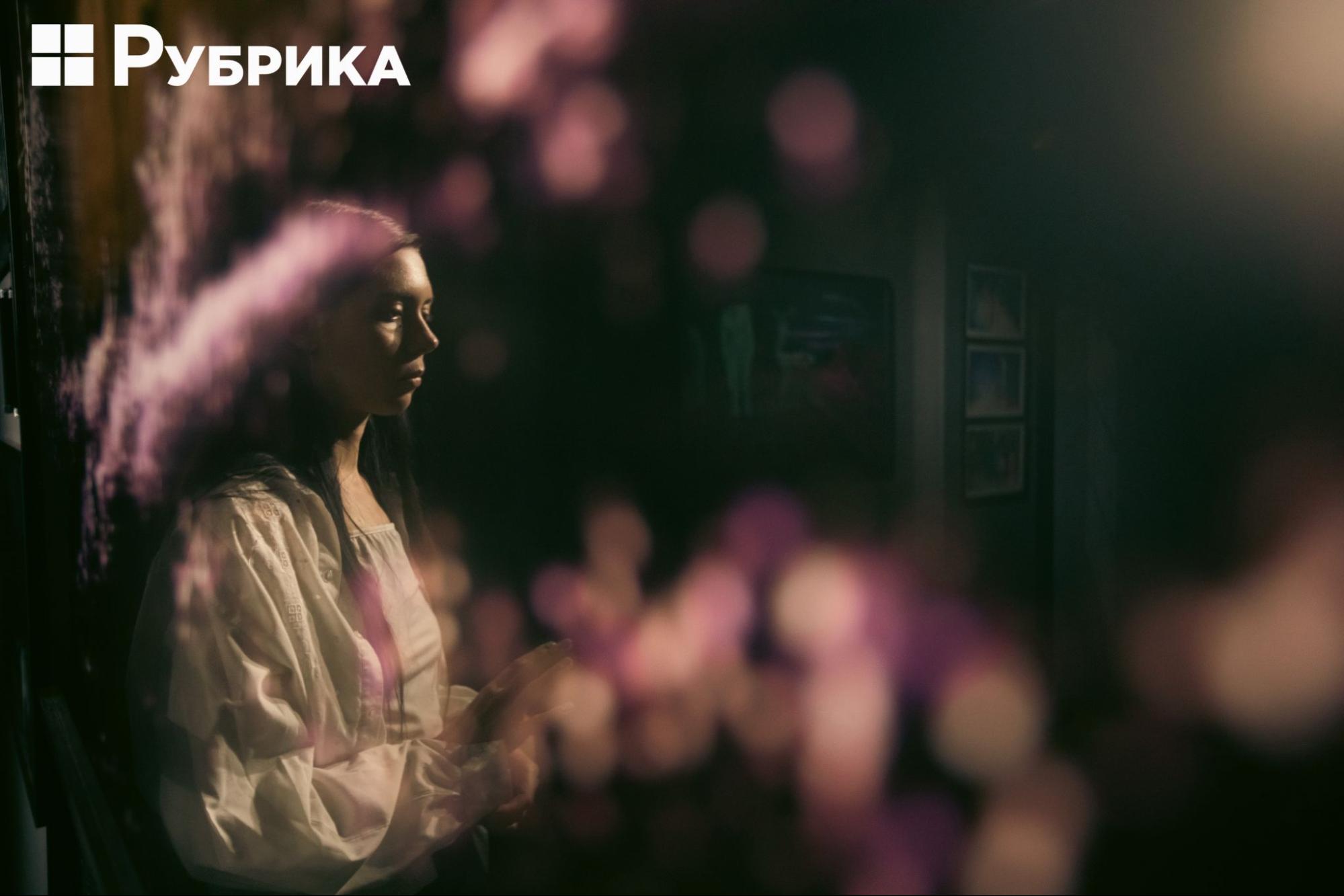
Bureaucratic issues limited the state at that time, and coordination was needed at various levels: between museum directors, local authorities, and the Ministry of Culture for the state to effectively evacuate works of art.
"There are about 2,000 museums in Ukraine. Only 26 museums and nature reserves are directly subordinated to Ukraine's Ministry of Culture and Information Policy. It is a little over 1%. All others are subordinate to local authorities," Ukraine's Minister of Culture, Oleksandr Tkachenko, said in an interview with Suspilne. "To carry out an evacuation, not only the order of the ministry is needed, but also interaction with local authorities and no resistance on the part of the museum directors, which we often saw in regions close to the front line and beyond," Tkachenko continued.
But at the end of February 2022, there was not enough time to make relevant legislative decisions. And some problems cannot wait. "It is physically impossible to do in 3-4 days. We will submit proposals to the government to improve the implementation of this type of work because all the laws adopted before the war did not take into account the circumstances in which we have to act now."
What is the solution?
"We evacuate whoever applies first"
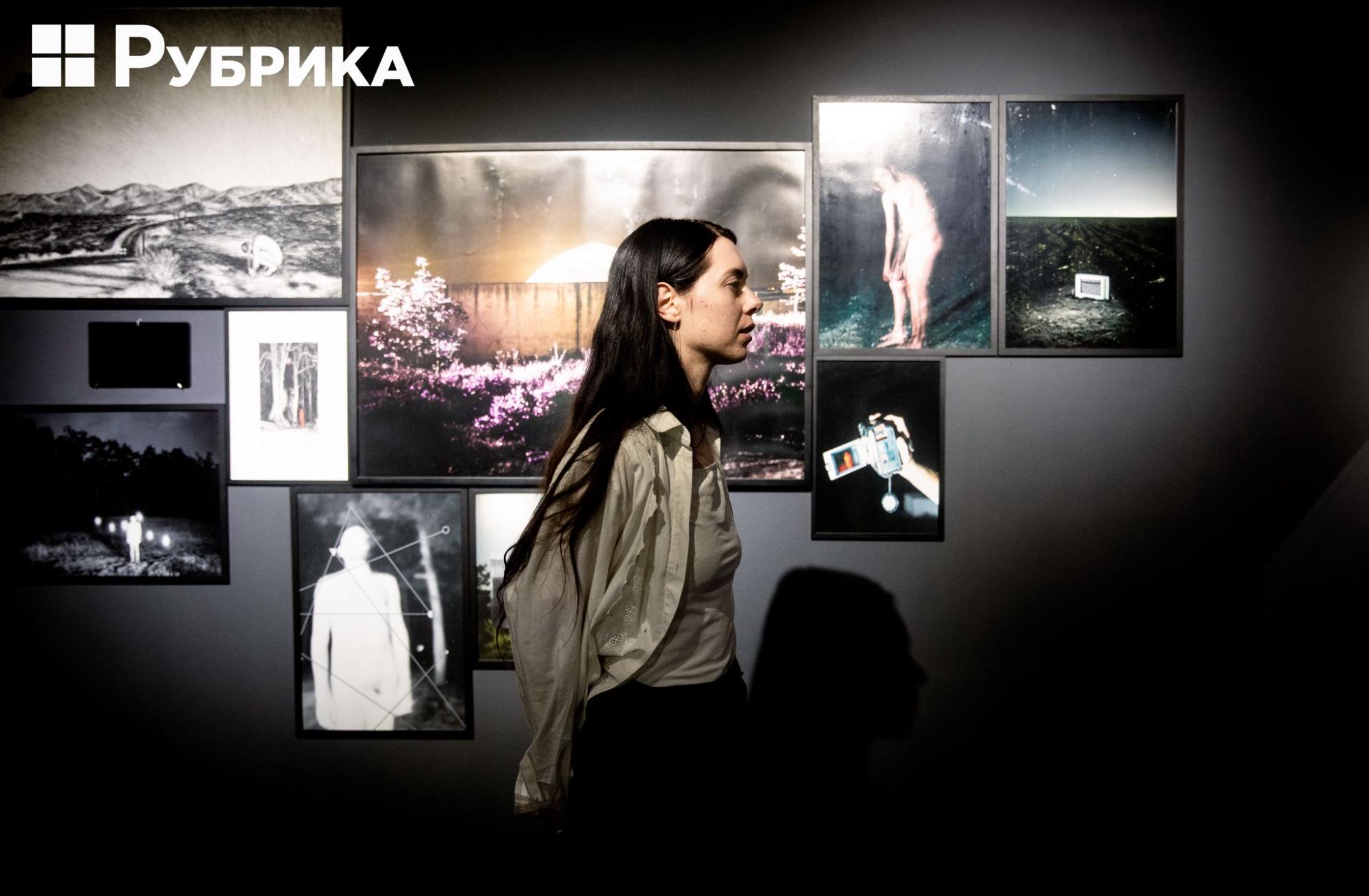
By the second day after the invasion, Anna and Aliona had already launched an open call to start evacuating artworks. Initially, they thought that large institutions would already have the plan to safeguard their archives and that they would mainly need to help out smaller galleries like their own. "But in reality, no one had a plan. Even big, cool galleries approached us," Anna recalls.
"There were situations when there seemed to be people and transport, but you simply could not leave. And we did not make any selection or prioritization regarding the artistic value because, at that time, it was not about that at all. We would evacuate whoever applies first," Anna told Rubryka.
From the moment the evacuation began, the team at Assortment Room fielded phone calls and messages ranging from suspicious interrogation to desperate gratitude for saving a lifetime's work for artists abroad who had no idea how they might salvage works stored in their studios back home.
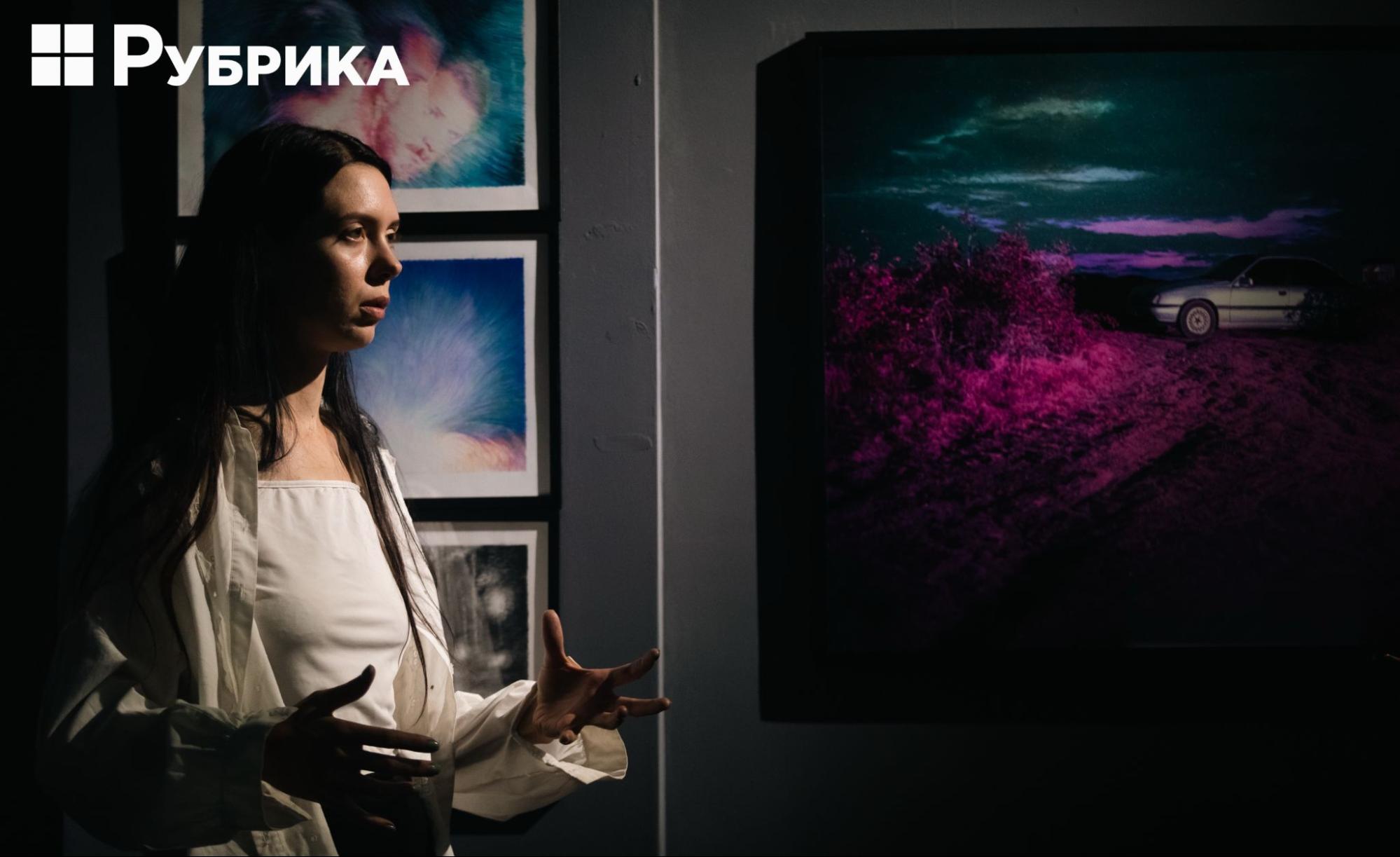
"One artist abroad told me, 'I have the keys to the workshop, but if they cannot be handed over, please break down the door – just get my works' — and there were many similar requests," says Potiomkina.
"Over time, it turned out that this evacuation was essential because hardly anyone, except for us, was involved in it. However, there were times when we were accused of doing something wrong: we were told we needed to evacuate people and that our activity was completely inappropriate. It was strange because it was coming from people in the art world. I don't blame them because I think that everyone has some kind of reassessment of what is currently timely.
"At the same time, we got requests that impressed us. For example, there was a girl in Bucha who was very worried about her art pieces in Kyiv. We were in touch with her, which was also quite a challenging experience. I understood that I had to choose my words very carefully here. I did not know about the condition of the people I called. But I could already hear from their voices that the state was not the best. And I understand this girl from Bucha because you are what you created. There is always a threat that these actions can destroy you, and this is also a part of you, a part of your self-realization," the curator shares.
How does it work?
"We'll take everything away on the magic carpet"
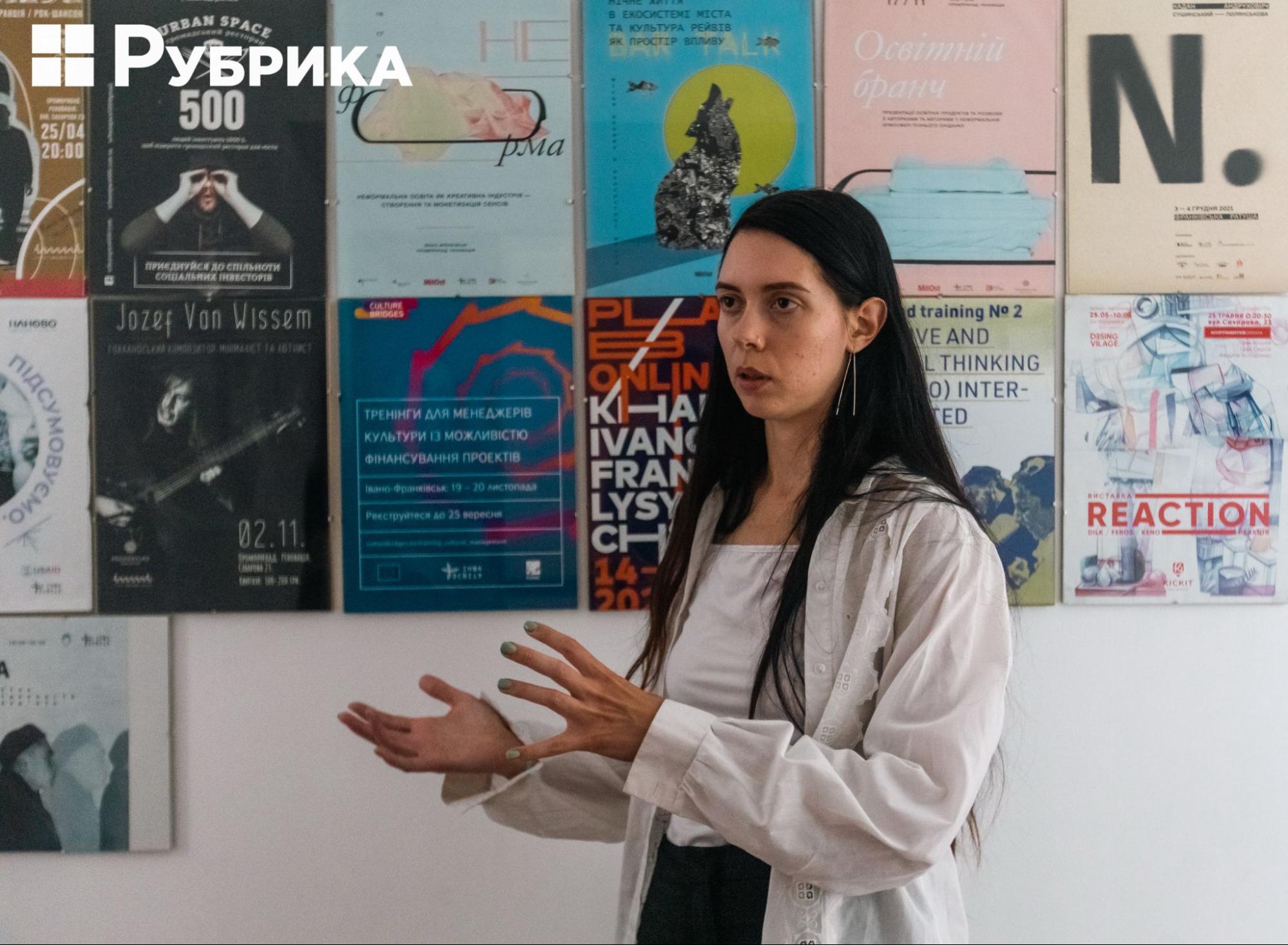
For the evacuation, the gallery used funds from the budgets set aside for other projects. Anna says that partners understood the situation and allowed them to use the money for their most urgent needs.
"Regarding the part of the money that we were supposed to use for certain art projects, the grant-givers said, 'Okay, direct it where you see fit.' And we began to purchase humanitarian aid and work with it. This is how we worked with evacuation. In one direction, we took humanitarian aid and works of art on the way back. We tried not to drive the car empty. Also, at the beginning of the war, there were many donations from people for evacuation."
In total, the team managed to evacuate 600 works of art. Some of them have already returned home. Some were collected and taken abroad by their authors or owners, and some archives are further stored at an undisclosed location.
It took the team less than three weeks to fully set up the evacuation process. They needed to vet drivers and secure the means of transportation and proper documentation, as well as find handlers who could pack and move delicate pieces from where they were being stored.
"The first month was quite difficult in setting up the process. First, it was challenging to find drivers who would agree to go because sometimes people did not understand that art also needed to be evacuated.
"Of course, all priority was given to evacuating people, and we did not go against this. But after the first three weeks, everything became structured. We found people with whom we constantly cooperated after that. Several drivers and volunteers helped us with packing because this was also one of the problems: people often did not have anything to pack their work in because they could not go outside their homes.
"Evacuation is a very collaborative project that would not have been possible without drivers and volunteers. During the first months, everything worked on a good word. We generally trusted each other, although we understood that some works were expensive. If something happened to them or suddenly it was not a driver, but a criminal, we would not prove anything to anyone.
"We found the first driver through an acquaintance of mine who worked with PLAST (National Scout Organization of Ukraine), and they had a network of drivers. She gave me the contact details of one of them. He was the first to go. And after that, we contacted another driver. It was an acquaintance of our acquaintance — a wonderful person, Ruslan Rodriguez. He is a biologist, a chemist, and a driver, a person who is simply talented in many areas. He drove our art all subsequent times. He was a person you could trust, always in touch," says Anna.
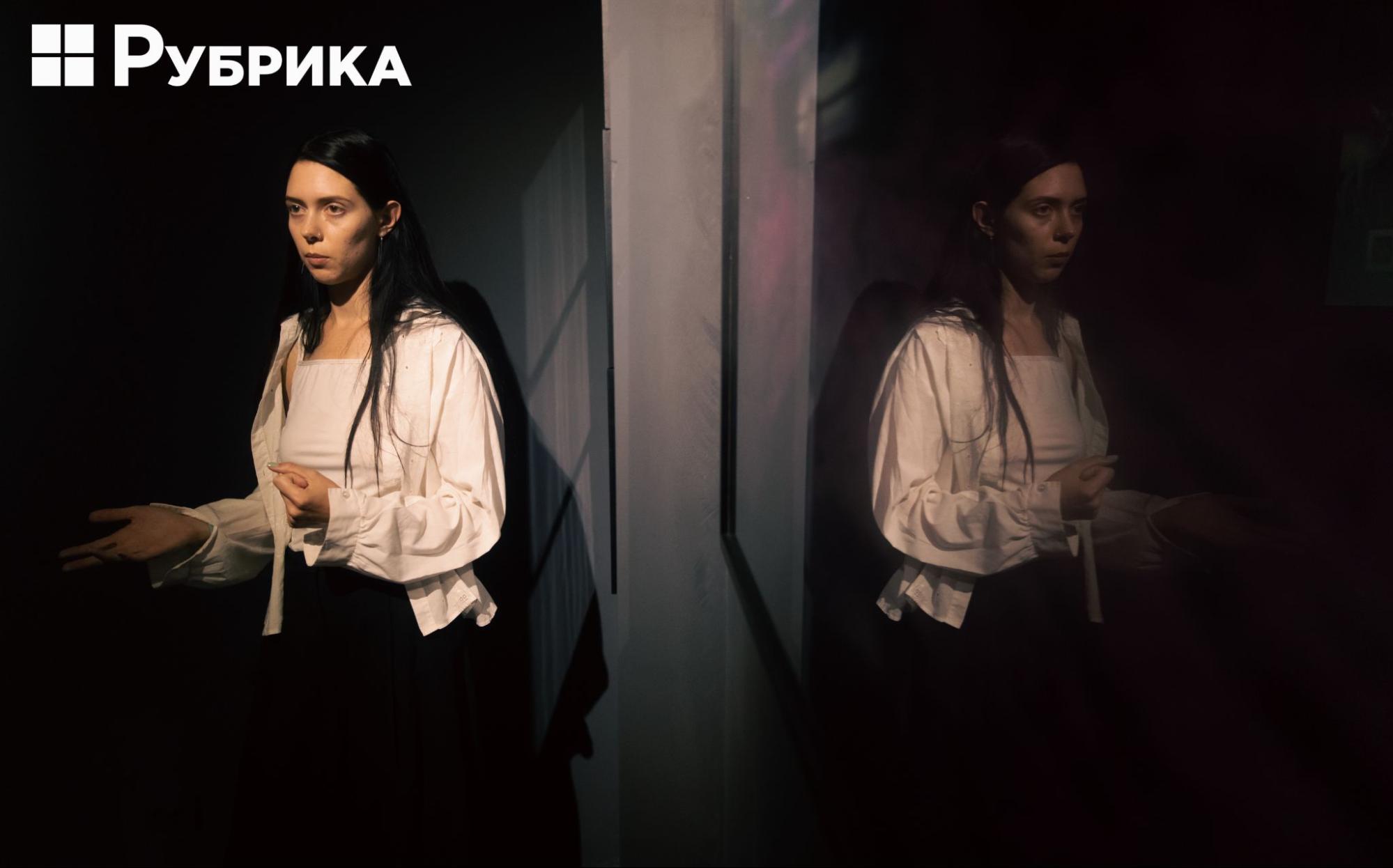
The woman says that it was the drivers who took the greatest risk. Often their route took 24 hours, including stops during curfew and sleeping in the car overnight. However, the team implemented the entire project without trouble. Now it is suspended because there is no longer an urgent need for evacuation. A significant part of the previously captured territories has been liberated, and the artists and owners of the archives have already either found another solution or lost their works of art due to the war.
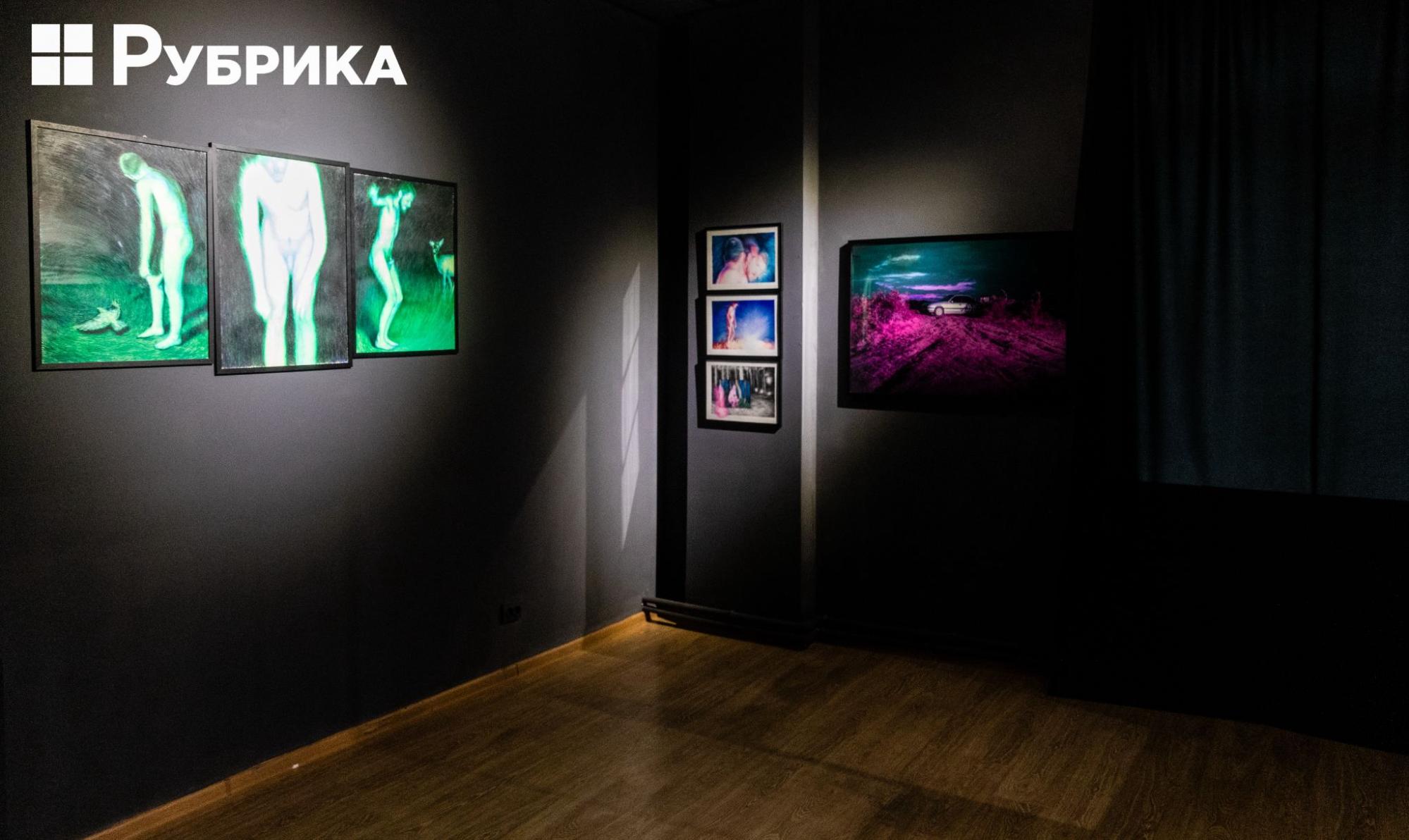
The Assortment Room carried out the largest number of evacuations from Kyiv and the region, which were in the line of fire at the beginning of the escalation. Now the team doesn't do evacuation but is still accepting applications, and if the need arises, it is ready for a new trip.
"We can't say we've processed all requests. We have processed a third. Another third was impossible for us to perform. For example, there was a Mariupol case we did not have time to process. And all this was literally in a matter of days. We realized that we simply could not get there. Or we had such cases when neither the artists nor we could enter the workshop.
"A third of requests were dropped because people found other solutions. But in general, we started cataloging and archiving all these items. The largest number of works we have stored is 600 pieces. It's a small archive. But these are a few such large archives from a few representatives, for example, the Voloshyn Gallery, to which we have already returned works, and several more private collections which numbered 100-150 works. The rest were artists and small galleries," Anna sums up.
In addition to the evacuation, despite the war, Assortment Room continues to host residencies for artists and create projects that help internally displaced teenagers learn about the new city through art.
No matter how hard their enemies try, Ukrainians are stronger —and in large part thanks to their culture.








